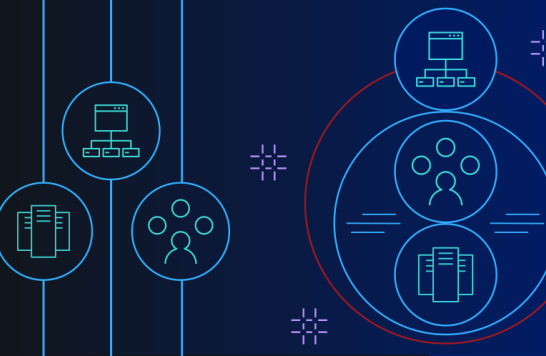Why Power Systems Will Overtake x86 Servers in the In-Memory Database Marketplace

For some workloads, the differences among processor and systems architectures won’t make or break a systems deployment. But for Big Data, SAP HANA in-memory and other data-intensive workloads, choosing the wrong systems architecture can result in tremendously increased cost and much slower performance.
For enterprises running Big Data and SAP HANA workloads on x86 architecture, here’s why that decision needs to be revisited:
• Power Systems designs offer significant symmetrical multiprocessing advantages over x86 servers, providing:
o More addressable memory
o More memory bandwidth
o Faster input/output bus speed
o Faster processors
o Denser cores with higher throughput per core
• Power System designs are more flexible than x86 designs
o Power Systems scale-out H924 server offers 4TB of memory for S4/HANA in a 2-socket configuration vs. the need for 4 sockets
to deploy this size of S4/HANA environment on x86 servers
o Power Systems scale-up designs offer up to 64 TB of memory
per system (the new Power E980 configuration), and up to 230 GB/s of bandwidth access per socket to buffered memory.
• Virtualization/Density
o Power Systems include built-in virtualization that drives workload density
• Dynamic resource allocation drives high performance and service levels, increasing the efficient use of shared resources with up to 24TB of main memory on 4 sockets and 16TB per socket on scale-up. Compare this to x-86 limited to 4TB virtualization and cores bound to the socket or half-socket!
• Power Systems support SAP’s Tailored Datacenter Integration model, which emphasizes efficient reuse of available resources.
• Dynamic capacity sizing allows for fast and granular reallocation of HANA virtual machines – vs. x86 architectures that require capacity allocation in large chunks
• PowerVM (Virtualization Manager) reduces the amount of hardware needed for failover – virtual systems can be configured on primary production physical hosts as failover servers.
• Resiliency – Each and every memory DIMM in x86 architecture acts as a single point of failure – in Power Systems designs a failure in one DIMM does not affect the other DIMMs in main memory.
In fact, we believe that POWER architecture is so superior to x86 architecture that Power Systems will overtake x86 servers in the HANA
in-memory database marketplace. Here’s our rationale:
• SAP HANA sales on Power Systems have surged over the past two years (now at 1200+ accounts and rising quickly);
• SAP is now focused on Power Systems.
o IBM’s Power Systems organization and SAP have clearly formed a close working relationship. It is evident to us that SAP engineers are working very closely with IBM engineers to exploit IBM POWER architecture – and both are seeing impressive results.
Resources
-
Strong Automation Strategy Is Key During Pandemic Recovery
As workplaces figure out their new normal, automation has a role to play – but the ad hoc implementation that happened during the COVID-19 pandemic can't continue.
-
Keeping your IBM Power Systems highly available
IBM Lab Services helps you deploy the building blocks of a next-generation IT infrastructure that empowers your business.
-
Making storage simple for containers, edge and hybrid cloud
IBM Spectrum® Fusion is a container-native software defined storage (SDS) solution that fuses IBM’s trusted general parallel file system technology (IBM Spectrum® Scale) and its leading data protection software (IBM Spectrum® Protect Plus).
-
8 reasons why IBM Power Systems is your app modernization foundation
Application modernization comes in many shapes and sizes, and it’s not always easy to know where to start. Check out the strengths and benefits that IBM Power Systems brings to your modernization efforts.
Questions?
Are you ready to make the most of IT? Schedule a call with an expert today.
Call 877-591-4015 or REQUEST A FREE CONSULTATION



